Would it be okay to charge four identical 12 V batteries in series-parallel, using a 24 V charger, as shown?
I am trying to create a 24 V battery bank, so naturally I need to connect two 12 V batteries in series. I also need a larger capacity than these batteries can supply, so I intend to wire up two more 12 V batteries in parallel for a total of four. I have a 24 V charger for this battery bank, but will it be able to safely and effectively charge all four of the batteries wired in this configuration?
